Public Archive
A patchy record of DIY satellite imagery and weather notes since 2020. The open-weather public archive is open to everyone willing and able to contribute.
Words for Climate
An evolving set of words chosen by contributors to reflect their experiences of the climate crisis.
Filter by
Ground Station Type
Automatic Ground Stations are local, semi-permanent stations that record and upload satellite transmissions automatically once per day. Manual ground stations are DIY and often mobile; operators manually record and upload satellite transmissions.
Satellites
The archive contains Automatic Picture Transmissions (APT) by US weather satellites NOAA-15, NOAA-18 and NOAA-19.
Nowcasts
Collective earth-sensing events led by open-weather, co-produced by a network of contributors around the world.
Contributors
A list of tagged contributors only. Please contact us if you want to be added.
Automatic Ground Stations
Search
2237 archive entries
2025-07-18 19:14:00
Nastassja Simensky
Longyearbyen, Svalbard
Svalbard
NOAA-19

2025-07-18 08:54:00
Heidi Neilson
Gilboa, New York, United States
United States
NOAA-15
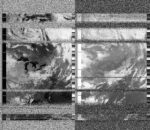
2025-07-18 19:20:00
Oppressive Heat Project
Phnom Penh, Cambodia
Cambodia
NOAA-15
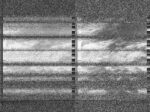
2025-07-18 11:36:00
Hospitalfield
Arbroath, Scotland
Scotland
NOAA-19

2025-07-18 09:54:00
Foto Colectania
Hangar
Ràdio Web MACBA
Barcelona, Spain
Spain
NOAA-15

2025-07-17 23:31:41
Puju
Bucharest, Pantelimon, Romania
Romania
NOAA-19
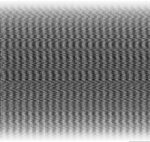


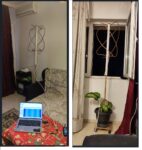
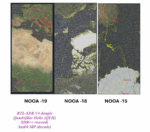
Following a RO-Alert warning of a red code for storms and medium-sized hail and torrential rain for Bucharest.
2025-07-18 09:53:00
Maufox
Mauritius, Mauritius
Mauritius
NOAA-19
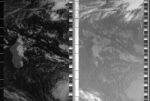
2025-07-17 19:25:00
Zack Wettstein
Seattle, United States
United States
NOAA-15
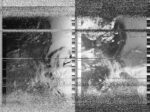
2025-07-17 21:44:00
Gilboa, New York
Gilboa, New York, United States
United States
NOAA-19
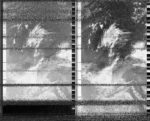
2025-07-17 20:38:00
Diana Engelmann
Filip Shatlan
Gainesville, Florida , United States
United States
NOAA-15
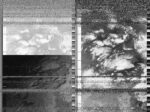
2025-07-17 21:42:00
Hospitalfield
Arbroath, Scotland
Scotland
NOAA-19
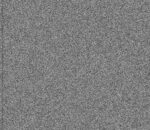
2025-07-17 20:00:00
Foto Colectania
Hangar
Ràdio Web MACBA
Barcelona, Spain
Spain
NOAA-15

2025-07-17 12:02:00
Diana Engelmann
Filip Shatlan
Gainesville, Florida , United States
United States
NOAA-19
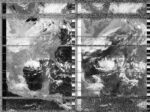
2025-07-17 14:25:00
Svalbard
Longyearbyen, Svalbard
Svalbard
NOAA-19

2025-07-17 10:05:00
Maufox
Mauritius, Mauritius
Mauritius
NOAA-19

2025-07-16 22:22:00
Zack Wettstein
Seattle, United States
United States
NOAA-19
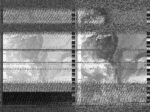
2025-07-16 23:18:00
Diana Engelmann
Filip Shatlan
Gainesville, Florida , United States
United States
NOAA-18

2025-07-17 07:03:00
Oppressive Heat Project
Phnom Penh, Cambodia
Cambodia
NOAA-15
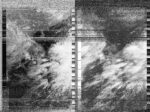
2025-07-16 19:27:00
Gilboa, New York
Gilboa, New York, United States
United States
NOAA-15
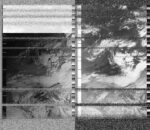
2025-07-16 20:26:00
Foto Colectania
Hangar
Ràdio Web MACBA
Barcelona, Spain
Spain
NOAA-15

2025-07-16 11:58:00
Diana Engelmann
Filip Shatlan
Gainesville, Florida , United States
United States
NOAA-18
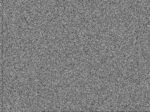
2025-07-16 10:36:00
Svalbard
Longyearbyen, Svalbard
Svalbard
NOAA-15

2025-07-16 10:18:00
Maufox
Mauritius, Mauritius
Mauritius
NOAA-19

2025-07-15 22:35:00
Zack Wettstein
Seattle, United States
United States
NOAA-19
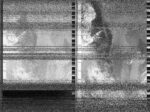
2025-07-16 09:45:00
Oppressive Heat Project
Phnom Penh, Cambodia
Cambodia
NOAA-19
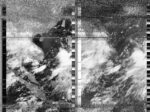
2025-07-15 22:09:00
Gilboa, New York
Gilboa, New York, United States
United States
NOAA-19
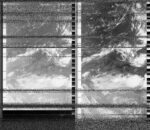
2025-07-15 23:05:00
Foto Colectania
Hangar
Ràdio Web MACBA
Barcelona, Spain
Spain
NOAA-19

2025-07-15 19:52:00
Svalbard
Longyearbyen, Svalbard
Svalbard
NOAA-19

2025-07-15 08:37:00
Diana Engelmann
Filip Shatlan
Gainesville, Florida , United States
United States
NOAA-15
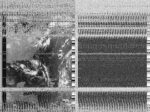
2025-07-15 10:32:00
Maufox
Mauritius, Mauritius
Mauritius
NOAA-19

2025-07-15 09:58:00
Oppressive Heat Project
Phnom Penh, Cambodia
Cambodia
NOAA-19
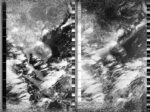
2025-07-14 22:22:00
Gilboa, New York
Gilboa, New York, United States
United States
NOAA-19
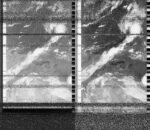
2025-07-14 20:17:00
Diana Engelmann
Filip Shatlan
Gainesville, Florida , United States
United States
NOAA-15
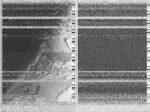
2025-07-14 18:53:32
Puju
Bucharest, Sos Pantelimon, Romania
Romania
NOAA-15


Today at 5:00 PM in Bucharest, there were heatwave conditions and intense thermal discomfort, under a yellow heat warning in effect until tomorrow at 10:00 AM EEST. The temperature was high, with maximums between 35 and 38 degrees Celsius, and the atmosphere was dry and stifling.
2025-07-14 18:57:25
Puju
Bucharest, Sos. Pantelimon, Romania
Romania
NOAA-15


Today (14.07.2025) at 5:00 PM in Bucharest, there were heatwave conditions and intense thermal discomfort, under a yellow heat warning in effect until tomorrow at 10:00 AM EEST. The temperature was high, with maximums between 35 and 38 degrees Celsius, and the atmosphere was dry and stifling.
2025-07-14 23:18:00
Foto Colectania
Hangar
Ràdio Web MACBA
Barcelona, Spain
Spain
NOAA-19

2025-07-14 11:19:00
Zack Wettstein
Seattle, United States
United States
NOAA-19
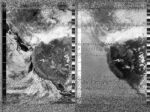
2025-07-14 20:05:00
Svalbard
Longyearbyen, Svalbard
Svalbard
NOAA-19

2025-07-14 12:24:00
Diana Engelmann
Filip Shatlan
Gainesville, Florida , United States
United States
NOAA-18
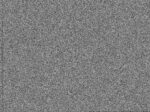
2025-07-14 21:21:00
Oppressive Heat Project
Phnom Penh, Cambodia
Cambodia
NOAA-19
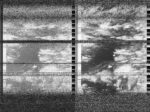
2025-07-14 09:03:00
Maufox
Mauritius, Mauritius
Mauritius
NOAA-19

2025-07-13 23:56:00
Diana Engelmann
Filip Shatlan
Gainesville, Florida , United States
United States
NOAA-18
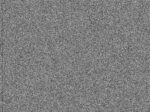
2025-07-13 19:30:00
Zack Wettstein
Seattle, United States
United States
NOAA-15
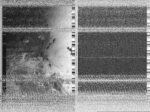
2025-07-13 19:22:00
Marius Sturza
Alba Iulia, Romania
Romania
NOAA-19
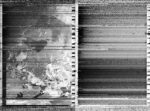




To start, I want to present you my "rig" :)). A Baofeng UV5r and a crude V-dipole made from copper pipes and some coax. The antenna as for now lives on a long stick. Trough these images you can also see some random photos from my gallery that I thought looked cool. If you want a representation of the current weather look at the photo with the mountain, that's pretty much it.
Now for some more in depth data: the temperature today was 29 Celsius, Humidity 60%,
wind ~5km/h, dew point 13 C, pressure 1018mb. Night temperature expected to be around 13 C.
As for final thoughts I want to say that just I got into radios and NOAA satellites they decide to decommission them :`((. But I'm happy that the NOAA 19 still transmits images. I want to tell you that I'm also in the process of getting my CEPT Novice license, I have no idea how to translate this for people from other countries, but search it on Google. Have a nice day!!
2025-07-13 12:37:00
Diana Engelmann
Filip Shatlan
Gainesville, Florida , United States
United States
NOAA-18

2025-07-13 11:08:00
Gilboa, New York
Gilboa, New York, United States
United States
NOAA-19
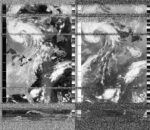
2025-07-13 16:54:00
Svalbard
Longyearbyen, Svalbard
Svalbard
NOAA-15

2025-07-13 12:04:00
Foto Colectania
Hangar
Ràdio Web MACBA
Barcelona, Spain
Spain
NOAA-19

2025-07-13 09:16:00
Maufox
Mauritius, Mauritius
Mauritius
NOAA-19

2025-07-12 22:45:00
Diana Engelmann
Filip Shatlan
Gainesville, Florida , United States
United States
NOAA-19
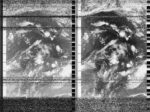
2025-07-13 07:08:00
Oppressive Heat Project
Phnom Penh, Cambodia
Cambodia
NOAA-15
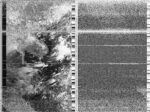
2025-07-12 19:32:00
Gilboa, New York
Gilboa, New York, United States
United States
NOAA-15
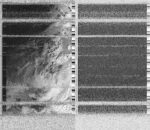
2025-07-12 11:44:00
Zack Wettstein
Seattle, United States
United States
NOAA-19
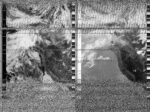
2025-07-12 11:25:00
Diana Engelmann
Filip Shatlan
Gainesville, Florida , United States
United States
NOAA-19
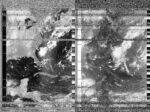
2025-07-12 21:46:00
Oppressive Heat Project
Phnom Penh, Cambodia
Cambodia
NOAA-19
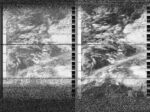
2025-07-12 13:48:00
Svalbard
Longyearbyen, Svalbard
Svalbard
NOAA-19

2025-07-12 12:17:00
Foto Colectania
Hangar
Ràdio Web MACBA
Barcelona, Spain
Spain
NOAA-19

2025-07-12 09:28:00
Maufox
Mauritius, Mauritius
Mauritius
NOAA-19
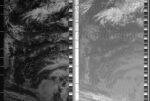
2025-07-11 22:57:00
Diana Engelmann
Filip Shatlan
Gainesville, Florida , United States
United States
NOAA-19
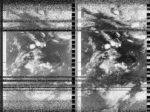
2025-07-11 08:59:00
Zack Wettstein
Seattle, United States
United States
NOAA-15
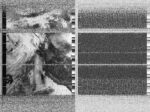
2025-07-11 11:38:00
Diana Engelmann
Filip Shatlan
Gainesville, Florida , United States
United States
NOAA-19
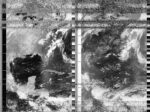
2025-07-11 09:32:00
Félix Caumont
France, France
France
NOAA-15
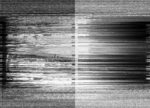
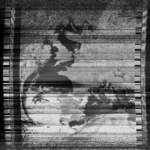
2025-07-11 08:38:00
Gilboa, New York
Gilboa, New York, United States
United States
NOAA-15
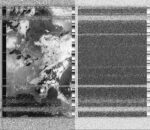
2025-07-11 19:04:00
Oppressive Heat Project
Phnom Penh, Cambodia
Cambodia
NOAA-15
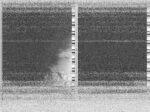
2025-07-11 11:07:00
Svalbard
Longyearbyen, Svalbard
Svalbard
NOAA-15

2025-07-11 09:37:00
Foto Colectania
Hangar
Ràdio Web MACBA
Barcelona, Spain
Spain
NOAA-15

2025-07-11 09:41:00
Maufox
Mauritius, Mauritius
Mauritius
NOAA-19
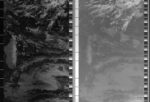
2025-07-10 21:58:00
Zack Wettstein
Seattle, United States
United States
NOAA-19
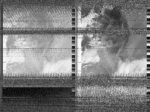
2025-07-10 23:10:00
Diana Engelmann
Filip Shatlan
Gainesville, Florida , United States
United States
NOAA-19
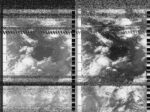
2025-07-10 20:22:00
Diana Engelmann
Filip Shatlan
Gainesville, Florida , United States
United States
NOAA-15
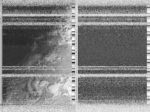
2025-07-10 22:29:04
PAF, France
France
NOAA-19

A Satellite Pass from PAF, with a gorgeous full moon rising in the south-east during the pass of NOAA-19.
Got worried when the squelch level cut out the audio so we quickly reset, but something to learn for next time!
2025-07-10 19:15:00
Svalbard
Longyearbyen, Svalbard
Svalbard
NOAA-19

2025-07-10 11:46:00
Gilboa, New York
Gilboa, New York, United States
United States
NOAA-19
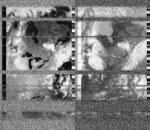
2025-07-10 12:43:00
Foto Colectania
Hangar
Ràdio Web MACBA
Barcelona, Spain
Spain
NOAA-19

2025-07-10 09:53:00
Maufox
Mauritius, Mauritius
Mauritius
NOAA-19
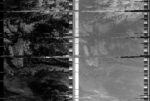
2025-07-09 22:11:00
Zack Wettstein
Seattle, United States
United States
NOAA-19
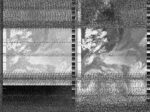
2025-07-09 23:23:00
Diana Engelmann
Filip Shatlan
Gainesville, Florida , United States
United States
NOAA-19
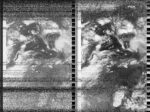
2025-07-10 06:47:00
Oppressive Heat Project
Phnom Penh, Cambodia
Cambodia
NOAA-15
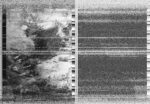
2025-07-09 19:11:00
Gilboa, New York
Gilboa, New York, United States
United States
NOAA-15
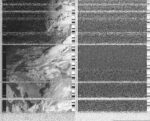
2025-07-09 20:09:00
Foto Colectania
Hangar
Ràdio Web MACBA
Barcelona, Spain
Spain
NOAA-15

2025-07-09 19:28:00
Svalbard
Longyearbyen, Svalbard
Svalbard
NOAA-19

2025-07-09 12:03:00
Diana Engelmann
Filip Shatlan
Gainesville, Florida , United States
United States
NOAA-19
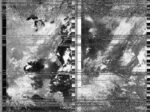
2025-07-09 10:06:00
Maufox
Mauritius, Mauritius
Mauritius
NOAA-19

2025-07-09 08:10:00
Cyprus Amateur Radio Society
Nicosia , Cyprus
Cyprus
NOAA-15

2025-07-08 23:21:00
Diana Engelmann
Filip Shatlan
Gainesville, Florida , United States
United States
NOAA-18

2025-07-08 21:57:00
Gilboa, New York
Gilboa, New York, United States
United States
NOAA-19
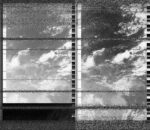
2025-07-09 07:13:00
Oppressive Heat Project
Phnom Penh, Cambodia
Cambodia
NOAA-15
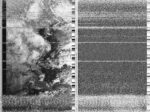
2025-07-08 22:09:00
Cyprus Amateur Radio Society
Nicosia , Cyprus
Cyprus
NOAA-19

2025-07-08 12:01:00
Diana Engelmann
Filip Shatlan
Gainesville, Florida , United States
United States
NOAA-18

2025-07-08 08:38:00
Zack Wettstein
Seattle, United States
United States
NOAA-15
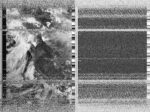
2025-07-08 10:46:00
Svalbard
Longyearbyen, Svalbard
Svalbard
NOAA-15

2025-07-08 09:16:00
Foto Colectania
Hangar
Ràdio Web MACBA
Barcelona, Spain
Spain
NOAA-15

2025-07-08 10:19:00
Maufox
Mauritius, Mauritius
Mauritius
NOAA-19

2025-07-08 09:46:00
Oppressive Heat Project
Phnom Penh, Cambodia
Cambodia
NOAA-19
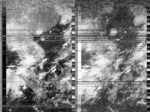
2025-07-07 22:10:00
Gilboa, New York
Gilboa, New York, United States
United States
NOAA-19
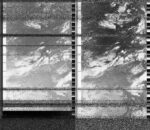
2025-07-07 20:00:00
Diana Engelmann
Filip Shatlan
Gainesville, Florida , United States
United States
NOAA-15
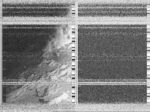
2025-07-07 23:06:00
Foto Colectania
Hangar
Ràdio Web MACBA
Barcelona, Spain
Spain
NOAA-19

2025-07-07 09:04:00
Zack Wettstein
Seattle, United States
United States
NOAA-15
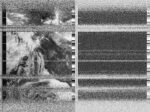
2025-07-07 08:47:00
Diana Engelmann
Filip Shatlan
Gainesville, Florida , United States
United States
NOAA-15
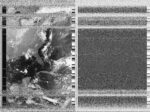
2025-07-07 11:12:00
Svalbard
Longyearbyen, Svalbard
Svalbard
NOAA-15
